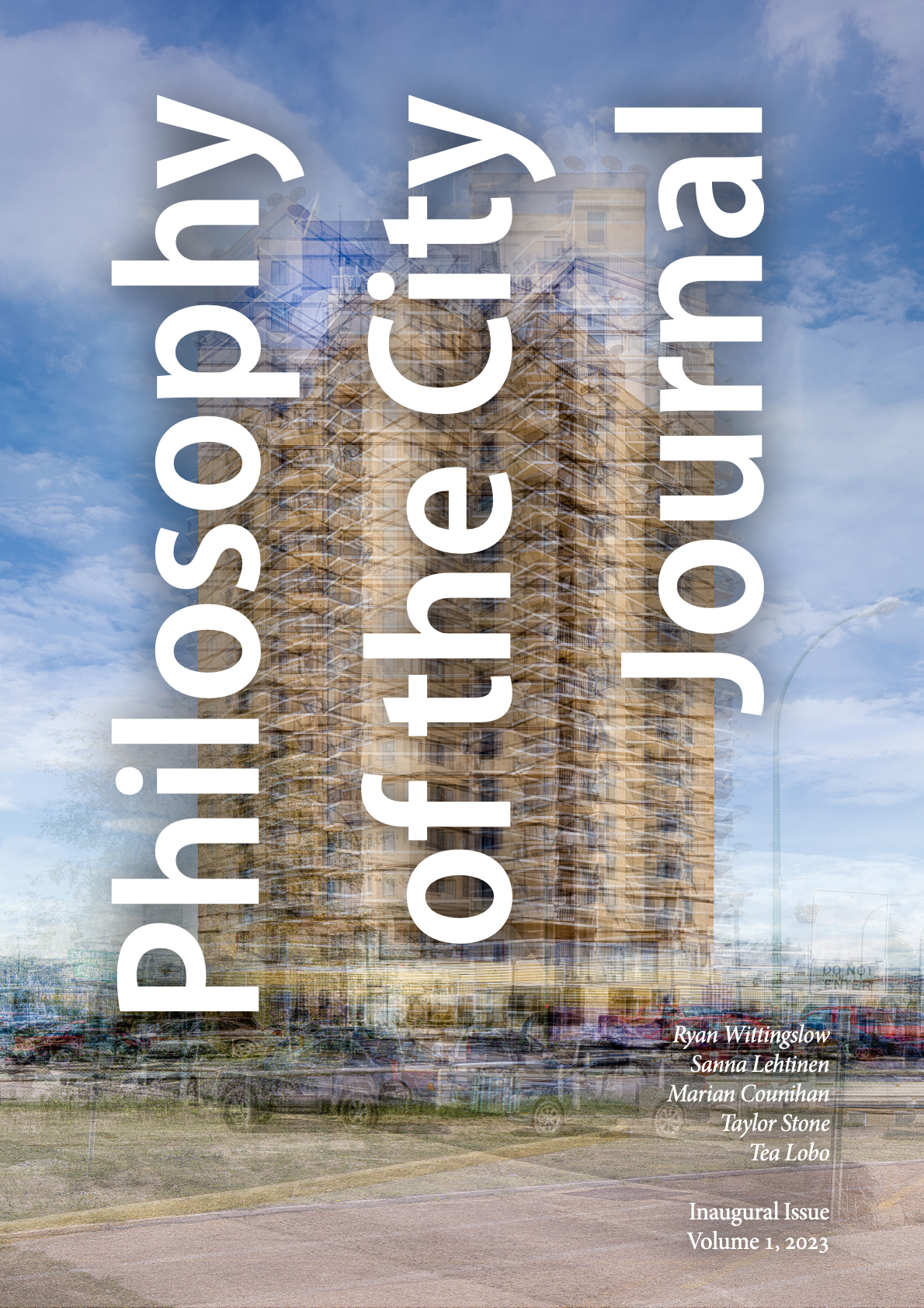Green Areas: How to Avoid the Tragedy of the Commons
DOI:
https://doi.org/10.21827/potcj.1.1.41019Keywords:
commons, public goods, plural subjectAbstract
The growing importance of green spaces in evaluating a city's quality of life and sustainability has prompted us to delve into this topic in this paper. Specifically, we aim to clarify two key distinctions: the difference between public and common goods and the distinction between collectives and aggregates. The first distinction relates to whether a resource is open to all and managed by the state (public goods) or managed collectively but with limitations (common goods). However, we can also examine this differentiation by considering the type of entity utilizing these resources. In the case of public goods, it involves individuals forming an aggregate, whereas for commons, a plural entity must be assumed to effectively manage the resource collaboratively. By exploring these distinctions in detail and examining their implications, this paper seeks to apply them to a common public resource—the green areas within cities. We aim to demonstrate the potential benefits of shifting our perspective on such resources from being considered public to being viewed as common goods.
Published
Issue
Section
Copyright (c) 2023 Valeria Martino, Gian Vito Zani

This work is licensed under a Creative Commons Attribution-NonCommercial 4.0 International License.

